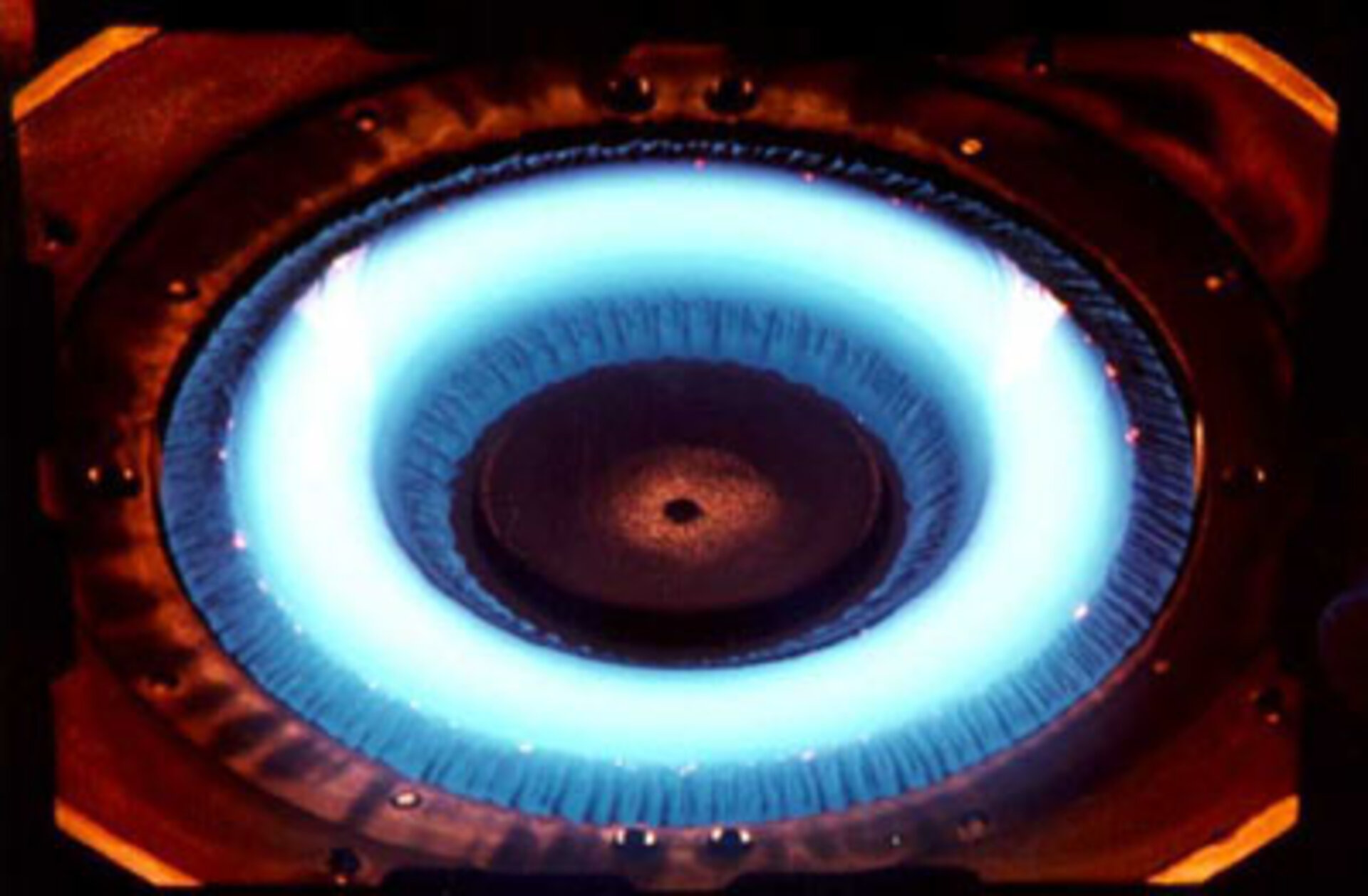New transport technologies: getting there faster
We could certainly send humans to the Moon with much the same rocket technology that ferries astronauts to and from the International Space Station. But for really long-haul trips into the solar system, we will need transport technologies that are more efficient than today's big liquid-hydrogen, liquid-oxygen boosters.
These chemically-powered rockets have not enough capability to reach the asteroids or the outer planets in a reasonable amount of time. For robot spacecraft, long journeys are acceptable. ESA's own Rosetta probe, for example, launched in February 2004; will not reach its planned rendezvous with Comet Churyumov-Gerasimenko until late 2014. No human crew could possibly endure a flight of over ten years - even if their spacecraft were capable of carrying the enormous quantities of supplies they would need.
Humans need speed not only to reduce the wasting effects of long periods of weightlessness and the burden on their life-support systems. The shorter their journey, the less time astronauts are exposed to the radiation that seethes between the planets. That radiation, mostly in the form of the "wind" of sub-atomic particles that boils out from the Sun, but also including ultra-high-energy cosmic rays, is a minor hazard even on short flights. Over a period of years, it could easily be fatal - or require so much heavy shielding that there would be no room for any mission equipment.
There are only two ways to squeeze more speed out of a rocket. You can increase the proportion of propellant to payload - but only up to a point. Your spacecraft must spend an irreducible minimum of its "mass budget" on fuel tanks and structure as well as on the mission payload itself.
The alternative is to increase the rocket's exhaust velocity - the speed at which the propellant hurtles into space. That will have a dramatic effect on the rocket's efficiency, but it means abandoning the chemically-fuelled rocket motors that have so far driven almost every spacecraft. The best chemical propellant today - liquid hydrogen burned with liquid oxygen yields an exhaust velocity of about 3.7 km/s. Higher speeds are limited by the available combustion reaction energies and then thermal control system capabilities.
At present the most promising replacement propulsion system for interplanetary flights are the electric propulsion systems (EPS) where solar energy, converted into electrical power from the solar arrays, is used from the EPS to generate a gaseous plasma. Currently at least three kinds of EPS, (gridded ion thrusters, stationary or Hall effect plasma thrusters, and magnetoplasmadynamics thrusters) can be used for interplanetary flights. These systems differ from each other by the speed they can give to the ions, ranging from 15 to 60 km/s (5 to 15 times faster a chemical reaction), and by the power to thrust ratio.
The main advantage of EPS is that they use far less propellant when compared to chemical propulsion systems.
NASA's Deep Space 1 probe, launched in 1998, was the first to use EPS (ion gridded thruster) on an interplanetary mission; the probe is still operating nominally, heading for an encounter with comet Borrelly in September, 2001. ESA's own SMART-1 lunar mission, launched in September 2003, also uses EPS (Hall thruster). As the technology matures and becomes more reliable we can expect to see electric thrusters on more and more long-haul spacecraft, including spacecraft with humans on board.
For interplanetary transfer mission far away from the Sun, it is not possible to use solar power to drive EPS. However, nuclear power generation concepts of the 80's allow the development of space nuclear reactors converting nuclear energy into electric power that could be used for EPS (Nuclear electric power systems).
Other different nuclear design concepts tested in the 60's are the Nuclear Thermal Propulsion Systems. They are based on fission or (more in the long term) fusion processes, which heat up the Hydrogen propellant and offer high thrust values in the order of kN and high exhaust velocities, with the additional advantage of providing independence from the availability of solar energy. Nuclear Thermal Propulsion Systems are potentially superior to Nuclear Electric Power Systems in terms of provided thrust levels.
If scientists and engineers succeed in developing controlled nuclear fusion - the energy source that powers the Sun - it should be possible to build rockets that are hundreds of times more efficient than anything in service today. We are still a long way from controlled fusion, though few doubt that it will be achieved some time this century. Fusion rockets would utterly transform space travel, at least within the solar system: a trip to Mars could take as little as a day or two.
ESA has recently initiated an assessment of the possible evolution of space propulsion in the next two decades. This study, called “Propulsion 2000” is intended to investigate with the European industry the trend and perspectives of space propulsion in view of the evolution of the space market and exploration scenario. The results of this study, expected in 2002, will be used to set-up a new development policy for Europe in this field.
For more information, please contact Mr G. Saccoccia
Giorgio.Saccoccia@esa.int


